Dunwich, Southwold, Aldeburgh & Dingle Marsh Barns – A Suffolk Travel Review
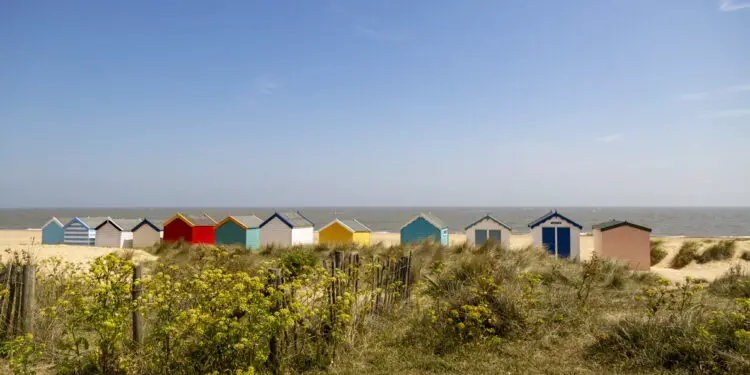
By Clare Jenkins, March 2023
The Suffolk village of Dunwich features in a surprising number of stories about murder, unnatural death and the supernatural. Back in 1968, director Jonathan Miller filmed part of M. R. James’s spine-tingling ghost story Whistle And I’ll Come To You on the shingle beach here. (Moral: even if you’re a beachcomber, don’t pick up whistles from the beach). In W. G. Sebald’s 1995 novel The Rings of Saturn, the writer has nightmarish visions on Dunwich Heath which, he says, ‘lies forlorn above the sea’. Turn of the Screw author Henry James called it ‘desolate’ and ‘exquisite’.
You can see why the area captures people’s imagination. Thanks to coastal erosion, Dunwich has for centuries been falling into the sea. Once a thriving medieval port and centre for shipbuilding, its cliffs have gradually collapsed, sending houses, churches and churchyards into the waves. As Norman Scarfe’s 1976 Shell Guide points out, of its eight or nine parish churches dating back to medieval times, none now survive: ‘All lie wave-battered and tide-mauled, mere lumps of masonry lost in the sea-bed… the legend of the distant sound of their ringing is treasured by the romantic’.
Rumour has it that, even now, bits of coffins or even bones, emerge from the sand or the cliff face. The last grave in the last medieval churchyard – that of 38-year-old Jacob Forster, who died in 1796 – is perched on the cliff edge and fenced off with warning signs. Nearby stand the ruins of the 13th Century Greyfriars Priory. Surrounded as it all is by heathland, reedbeds and nature reserves, the village can seem uniquely remote.
“Light and airy”
Our own approach to it was at dusk along a track through Dunwich Forest. At any moment, we expected a hooded figure to appear through the trees, though we were subsequently told that the 500 resident deer were more common sights. At least we didn’t see the ‘Devil’s Dog’ – the ghostly animal said to roam the coastline and countryside of East Anglia.
We were heading for Dingle Marsh Barns, a collection of former farm buildings along the Suffolk Coast Path, now immaculately converted into excellent self-catering and B&B accommodation for couples, families and larger groups. From the complex of 16th and 17th Century red-brick buildings, we could see the coastal defences on the shingle sea wall. In the other direction lay the village with its mist-shrouded church and its Roman road.
The barns are very much a family concern: former organic farmers Nigel and Amanda Barham, their daughter Sophie and her husband Jacob Youngs all live on site. The light and airy communal hall, with its high arched ceiling, spacious dining area and cosy lounge complete with glowing fire, bright blue sofas and colourful cushions, provided an instant contrast to the gathering darkness outside. A bookcase housed many crime novels – though none by M.R., Henry or P. D. James, as far as I could see. P. D., who had a home in Suffolk, set her detective novel Unnatural Causes here.
“Restful”
In a nod to the surrounding RSPB sanctuaries, all the rooms are named after birds – Hen Harrier, Avocet, Little Owl, Nightingale (no booming bittern, so far). Ours, Goose, overlooked an enclosed courtyard with plants, and a table and chairs for balmy nights. Inside, one wall was almost completely glass, with tasteful grey blinds for privacy, another exposed a section of ancient stone wall, the rest were painted in soft Farrow & Ball colours.
There were soft grey chairs, a super-king-size bed, flamingo- and bee-patterned cushions, underfloor heating, wooden figures of wading birds, and local watercolours painted by retired farm nurseryman Richard J. Cox.
The overall impression, both here and in other rooms, was charming and restful, with great attention to detail, including plenty of places to put things. It was the same in the spacious bathroom, which housed both a lion-clawed freestanding bath and a waterfall shower.
“Ever-popular”
Breakfast the next day was in the adjoining Dingle Hill Tearooms, also run by the Barhams and presided over by chef James Finch, a self-confessed “country boy at heart”, who had tried London, but was drawn back to this part of East Anglia. “It’s very special,” he said. “When the fog rolls in up the river it can be quite spooky.”
A comprehensive menu included full English (with locally sourced eggs, bacon and sausages), smashed avocado and vine tomatoes on toast, eggs Benedict or Royale, and delicious scrambled eggs with avocado on toast. Our tea came in a gratifyingly large pot, with extra hot water. Full marks for that.
Afterwards, Nigel toured us round the property which the family took over in 2013. Having beautifully refurbished the three self-catering cottages (including the truly away-from-it-all Walnut Tree), they opened three B&B rooms in September, with two more poised to open.
For self-caterers, there are shops in the neighbouring villages of Westleton and Darsham, together with supermarkets in Saxmundham. There’s also a pub in Dunwich and a couple of others nearby – The Eel’s Foot at Eastbridge, and The Crown in Westleton – and the ever-popular Flora Tea Rooms on Dunwich beach, an extended weatherboard hut serving traditional fish and chip meals.
“Ceiling angels”
Unsurprisingly, the area attracts walkers, cyclists and birdwatchers, drawn here by the peace and quiet of the natural environment. Despite being so small – around 160 inhabitants, though many of those are lesser-spotted second-home owners – there are things to see in Dunwich itself. We coincided with a primary school party from Chiswick in London, ticking off things to be found in the last remaining church. In the churchyard are the ruins of a 12th Century leper-hospital chapel, which saw its last burial in 1536, continued as a hospital for the aged and infirm, and was finally abandoned in 1685.
The interesting little museum tells the story of the village’s slow drift into the sea, its fishing industry – and its ghosts: the fishermen who return as seagulls, the Victorian squire seen on ‘a fine Arab thoroughbred’, the phantom black hound whose appearance means death…
Four miles up the road, Blythburgh’s Holy Trinity Church is one of Suffolk’s finest. This flinty medieval ‘Cathedral of the Marshes’ is most famous for its ceiling angels, their once brightly-coloured eagle wings stretched out wide. It also remembers Lt. Joe Kennedy, the older brother of President John F. Kennedy, who died here in 1944 when his plane exploded above Blythburgh Fen.
“Grand view”
The church is also popular with lovers of folklore for its ‘hound marks’ – scorch marks in the ancient wooden doors believed to be the claw marks of Black Shuck, that dreaded canine again, said to have inspired Sir Arthur Conan Doyle’s Hound of the Baskervilles.
From there, we continued on to Southwold, the genteel resort nicknamed Chelsea-on-Sea because of its ‘down from London’ second-home-owners (up to three-quarters of the population, according to one disgruntled resident.) Here you’ll find pretty beach huts, greengrocers selling figs, puy lentils and nut roasts, and Mills & Sons & Daughter, ‘the oldest shop in town’, offering pates, salamis and specialist cheeses. There are two Adnams hotels – The Swan and The Crown – and a shop devoted to the brewery’s ales. Then there’s the arts centre, Thomas Traddles’ traditional menswear, Mumfords hardware and Southwold Books. The latter sells The Turn of the Screw, The Complete Ghost Stories of M. R. James, plus the dystopian Nineteen Eighty-Four – George Orwell’s family lived in Southwold, though he found the upper-middle-class air stifling.
The next day, we had a quick look at Thorpeness – the Edwardian ‘garden suburb’ by the sea, with its ‘Merrie England’-style Country Club, weatherboard houses, almshouses, boating lake and stunning ‘House in the Clouds’ – an orange-painted house perched on top of a 85-foot high water-tower on stilts. The inhabitants must have a grand view of Sizewell B nuclear power station just a few miles away, adding a sinister edge to the coastline.
“Striking seafront”
Driving onwards, noting road signs warning ‘Caution: hedgehogs on road’, we reached Aldeburgh in time for its Friday lunchtime Jubilee Hall concert. Instantly we saw what Orwell meant: the men (suggesting retired judges, business leaders and diplomats) in dark red cord trousers, Pringle jumpers, the odd beret and the whiff of pipe smoke. Their wives, meanwhile, wafted in on clouds of Chanel No 5, wearing padded gilets, blouses with frilly collars and sensible skirts, their silvery hair casually clipped back.
After the concert – a soothing hour of clarinet and piano duets from Raymond Brien and Rob Hao – we wandered around the little town itself. And of course, it’s charming, with colourful, Dutch-gabled houses, expensively renovated simple fishermen’s cottages (Dickens fans will spot the three called Betsy, Barkus and Peggoty), and its striking seafront Tudor Moot Hall. M. R. James set ‘A Warning to the Curious’ here, about an amateur archaeologist who arrives in search of the lost crown of the last Anglo-Saxon king of England. (Moral: never dig up anything that looks remotely like battered old headwear).
Composer Benjamin Britten set his tragic opera Peter Grimes here, too. Lowestoft-born, he famously lived in Aldeburgh for many years, latterly in The Red House along with his companion, the tenor Peter Pears. It’s a fine red-brick, eight-bedroomed house, tucked away down a track and much expanded since it became a museum to the couple after their deaths in 1976 and 1986 respectively. Open to the public, it gives a vivid sense of their working, personal and social lives. There are 1960s sofas and chairs, Persian rugs, china dogs, a couple of Steinway pianos (one still topped with its hand-crocheted covers), a Bakelite telephone and a 1960s TV tucked inside its own cupboard. “They didn’t watch it very often,” said manager Ella Roberts. “They’d be reading and listening to music instead.”
“Rebuilt”
They’d be writing and making music, too, of course – Britten wrote some of the greatest 20th Century music here. The walls are hung with paintings: “Between them they collected over 1,200 works of art,” said Ella. These include works by Matisse, Duncan Grant and John Piper, as well as by Norfolk fisherman-turned-artist John Craske, and Mary Potter, artist wife of writer Stephen (One-Upmanship) Potter.
The current exhibition looks at the role of women in Britten’s life, among them fellow musician Imogen Holst. Among items on display in the exhibition space are some of his clothes – from christening robe through colourfully patterned shirts to conductor’s jacket – set designs, diaries, scrapbooks, music manuscripts, tennis rackets, briefcases, a rocking horse, souvenirs of trips abroad, and the charred score of his ‘parable for church performance’, ‘The Prodigal Son’. It was rescued from the 1969 fire that destroyed the nearby Snape Maltings concert hall on the eve of the annual Aldeburgh Festival. The Maltings was subsequently rebuilt, and now houses not just the concert hall but an impressive range of upmarket independent shops, cafes and galleries.
Draw yourself away from those, though, and walk over the wooden bridge to stare out over the reed beds and marshes of the River Alde. The view is haunting. Like much of this fascinating part of Suffolk.
Rooms at Dingle Marsh Barns, Dingle Hill, Dunwich, start at £130 per night, with The Goose from £150, including breakfast: dinglemarshbarns.co.uk
The Red House is open Thursday to Sunday from 30th March to October: brittenpearsarts.org
Further information on the area, visitsuffolk.com
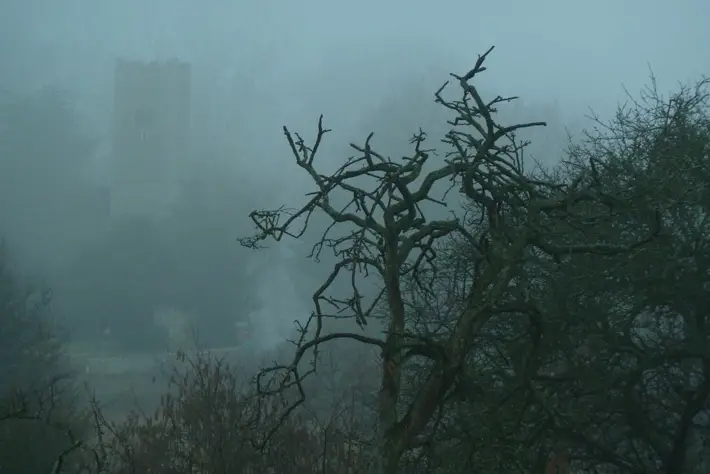
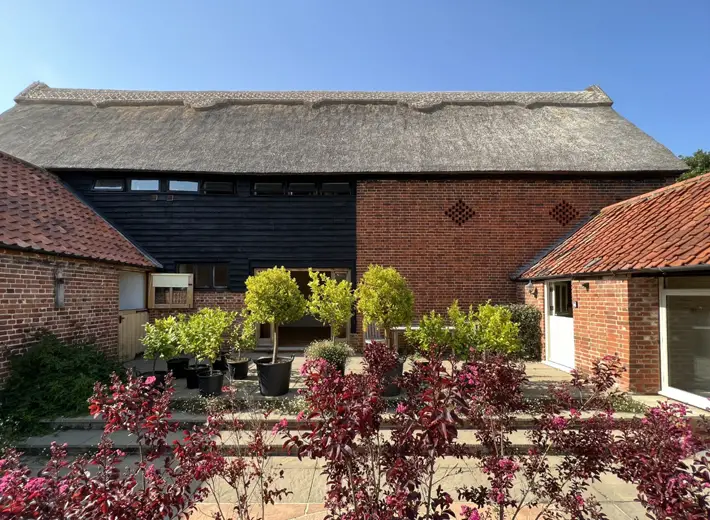
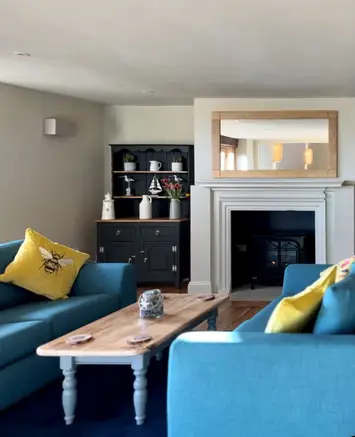
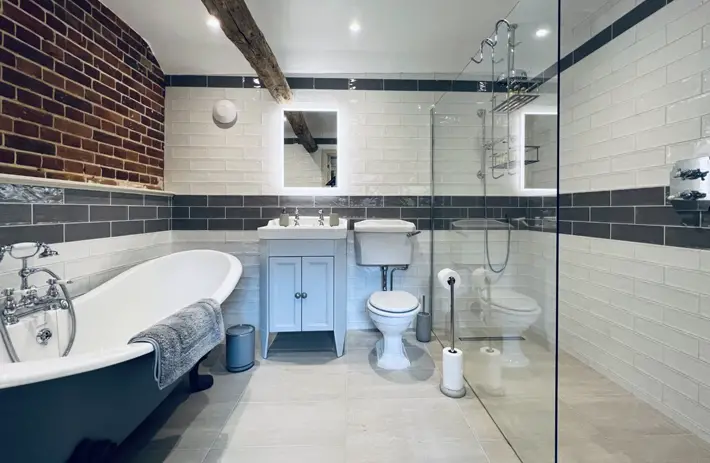
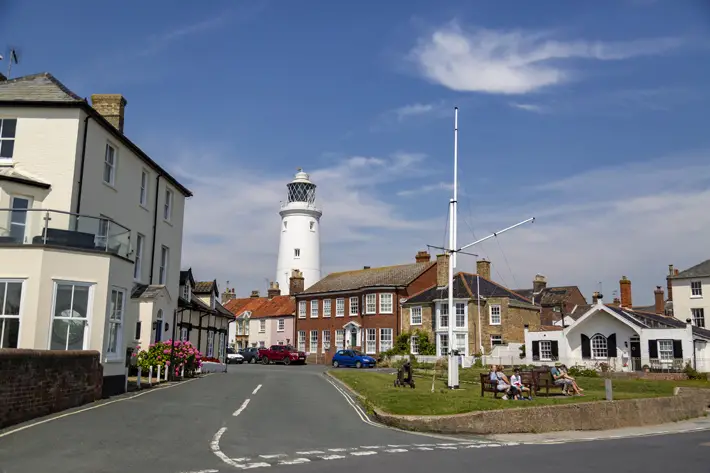
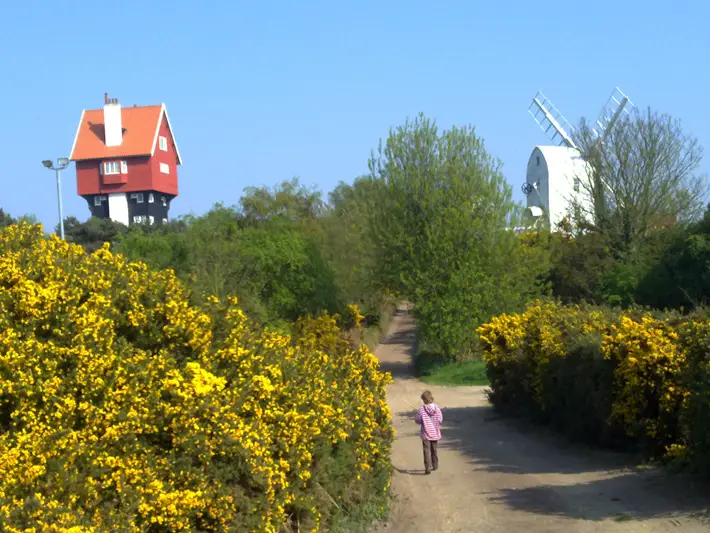
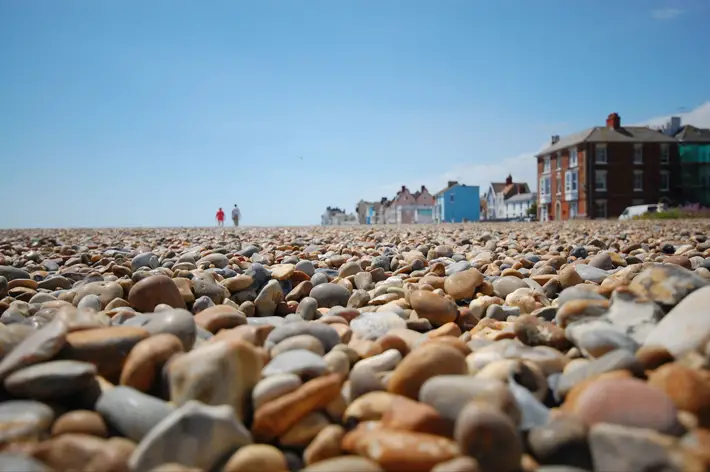

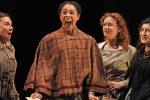

![Jane Eyre [Northern Ballet] – Review – Sheffield Lyceum Theatre (1)](https://www.on-magazine.co.uk/wp-content/uploads/Jane-Eyre-Northern-Ballet-–-Review-–-Sheffield-Lyceum-Theatre-1-150x100.jpg)





